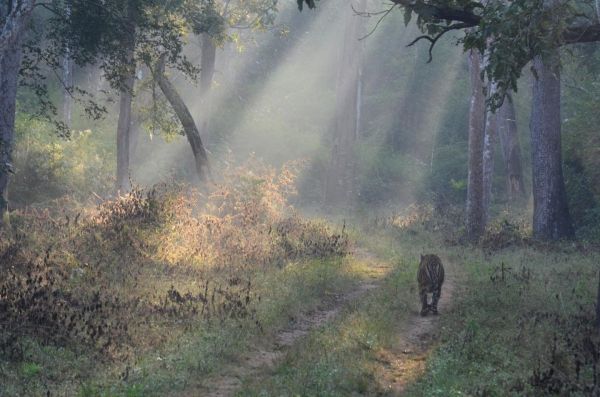A new WCS paper published in the journal BioScience finds that the enormous trends toward population stabilization, poverty alleviation, and urbanization are rewriting the future of biodiversity conservation in the 21st century, offering new hope for the world’s wildlife and wild places.
The paper, written by Eric Sanderson, WCS Senior Conservation Ecologist; Joe Walston, WCS Vice President for Field Conservation; and John Robinson, WCS Executive Vice President for Global Conservation, says that for the first time in the Anthropocene, the global demographic and economic trends that have resulted in unprecedented destruction of the environment are now creating the necessary conditions for a possible renaissance of nature.
Most people think that the population of people on Earth will always rise, but these authors point out that the demographic transition is already well underway. The rate of growth in global population has been dropping since the 1960s. They cite new demographic research that suggests the world population in 2100 could be as high as 12 billion or as low as 7 billion, fewer people than are alive today. The difference depends on actions we take today.
Good urbanization is key. Cities lead people to choose to have smaller families, and the increased income urbanites derive from working in town mean that people can choose to conserve nature, not destroy it, through choices about what they buy and how they live.
Read more at Wildlife Conservation Society
Image: A new paper finds that trends toward population stabilization, poverty alleviation, and urbanization are rewriting the future of biodiversity conservation in the 21st century, offering new hope for the world's wildlife. (Credit: Cristian Samper)


